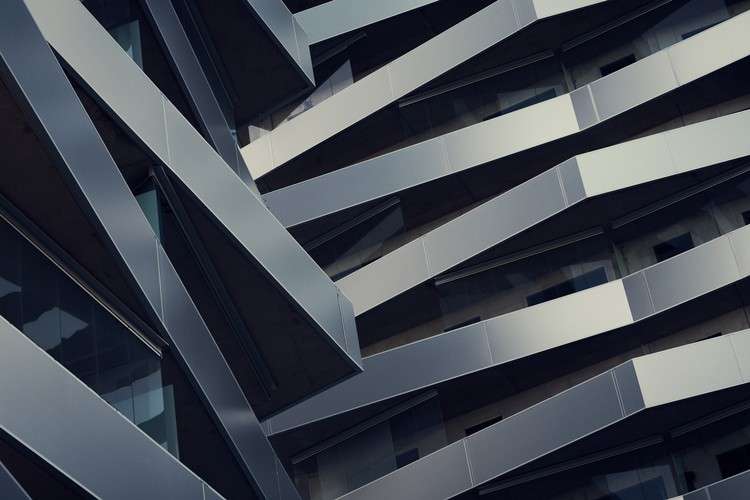How Many Years Does a Dslr Last
A digital single-lens reflex camera (DSLR) is a valuable investment for photographers. One of the questions frequently asked by potential buyers is how many years does a DSLR last? Well, the lifespan of a DSLR depends on various factors, including the build quality, usage patterns, regular maintenance, and technological advancements. In the following paragraphs, we will discuss these aspects in detail to provide a comprehensive understanding of the longevity of a DSLR.
First and foremost, the build quality of a DSLR plays a crucial role in determining its lifespan. High-end DSLRs are typically constructed with robust materials that can withstand harsh conditions and extensive usage. These cameras are built to last for several years, and with proper care, they can even continue to function efficiently beyond their expected lifespan. On the other hand, entry-level DSLRs may not have the same level of durability, but they can still endure regular use for a significant period.
Additionally, the usage patterns of a photographer also impact the lifespan of a DSLR. A professional photographer who extensively uses their camera for commercial shoots, events, or travel photography might wear out their camera faster compared to an amateur photographer who only uses it occasionally. The number of shutter actuations, exposure to extreme weather conditions, and regular wear and tear can significantly affect the longevity of a DSLR. However, modern DSLRs are designed to withstand thousands of shutter actuations, providing a lifespan of several years, even for professional users.

Regular maintenance is another crucial aspect that affects the lifespan of a DSLR. Keeping the camera clean, ensuring proper storage, and timely servicing can all contribute to extending its lifespan. Regular maintenance not only helps in preserving the camera's functionality but also prevents any potential damage caused by dust, moisture, or other external factors. Proper care and maintenance can potentially add several years to the lifespan of a DSLR.
Lastly, technological advancements play a significant role in the perceived lifespan of a DSLR. As camera technology rapidly evolves, new features and capabilities are introduced, making older models appear outdated. However, this does not necessarily mean that an older DSLR becomes unusable or unreliable. In fact, many photographers continue to use older DSLR models even after the release of newer versions. The lifespan of a DSLR is subjective and depends on the photographer's preferences and requirements.
In conclusion, the lifespan of a DSLR can vary depending on the build quality, usage patterns, regular maintenance, and technological advancements. High-end DSLRs are typically built to last for several years, while entry-level models may have a shorter lifespan. The usage patterns of a photographer, regular maintenance, and technological advancements also contribute to the overall lifespan of a DSLR. Ultimately, the decision to upgrade to a newer model depends on the photographer's needs and preferences, rather than the absolute lifespan of a DSLR.
